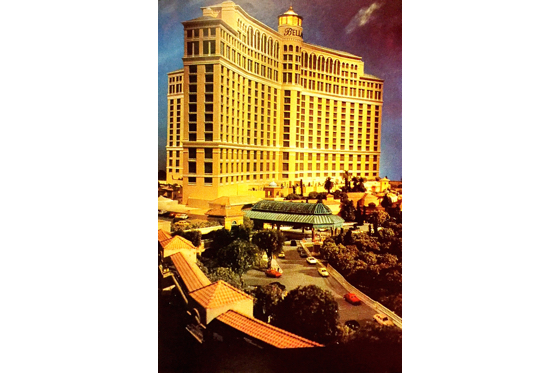When it comes to gaming around the globe, the rule of profit is simple: Whoever gets in first wins. That was true in October 1996, but as the cover story of HOTELS explained, there were plenty of risks, too.
Gambling was still illegal in many countries, such as Ireland, Mexico, Brazil and China, and where it was legal—places like Australia, the Philippines, Turkey and the UK, operators faced prohibitive taxes, regulation or religious opposition.

However, it was a growing concern in Greece, Canada and South Africa, despite risks for investors, like those in Athens, who pumped tens of millions of dollars into an exclusive license only to have to withdraw the bid as municipalities rejected building casinos within their boundaries.
The United States had the biggest and most lucrative gambling venues in the world, but competition and regulation were hindering growth. “Theming” was important—that’s why places like the Monte Carlo and New York, New York, which both opened in 1996, and Bellagio, which was set for 1998, were critical to jumpstart new demand.
And when one idea loses its power, a bigger, more expensive and even more Las Vegas idea takes its place. One day you may be able to water ski off the Strip: Wynn Resorts plans to raze its golf club and building a lake, complete with a mile-long boardwalk, behind its two downtown casinos.

